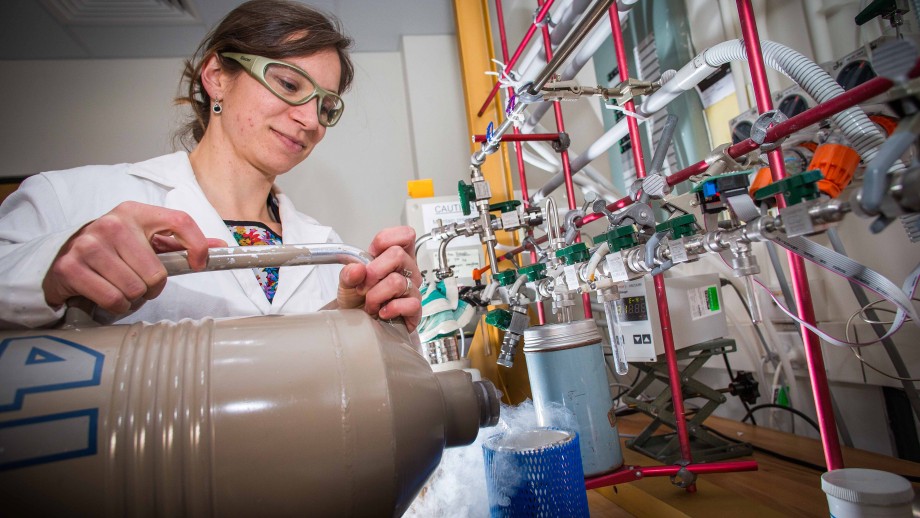ANU scientists date fossils from world's oldest battlefield
Scientists have uncovered human fossils from a horrific slaughter on the shores of a lake, which they believe may be one of the oldest known examples of warfare.
The 10,000 year-old find, at Nataruk near Lake Turkana in Kenya, included five skeletons with crushed skulls and five with seemingly fatal arrow injuries. Several people appear to have had their hands bound.
One of the dead, an adult female, was heavily pregnant or had recently given birth and six children were found close to other adult women. None were buried. Instead they were found scattered and lying, sometimes face down, in lake mud.
"It is a highly emotional find. It is hard not to be moved by the intentional killing of a group of men, women and children even if it did happen 10,000 years ago," said Dr Rachel Wood, from the ANU Research School of Earth Sciences (RSES).
The scientists believe the massacre is one of the earliest cases of warfare between hunter-gatherers from separate political groups, rather than internal aggression within a tribe.
The giveaway that external raiders were the perpetrators was that the arrowheads are of obsidian, a material not used by people in the Lake Turkana region.
The find shows that warfare has a much deeper history among humans than previously thought, said Dr Wood.
"This work demonstrates that warfare was present within hunter-gatherer societies. Scholars thought that warfare only appeared after societies became sedentary, when they started farming," she said.
The findings of the international group of scientists, which is led by Dr Marta Lahr of Cambridge University, are published in Nature.
The scientists turned to ANU for the sensitive task of dating the fossils. The hot location meant proteins in the bones had degraded which made carbon dating difficult.
Instead, Professor Rainer Grün from RSES measured traces of uranium to date the skeletal remains, which was cross-checked against carbon dating of shells from the lake sediments by Dr Wood and the radiocarbon facility.

